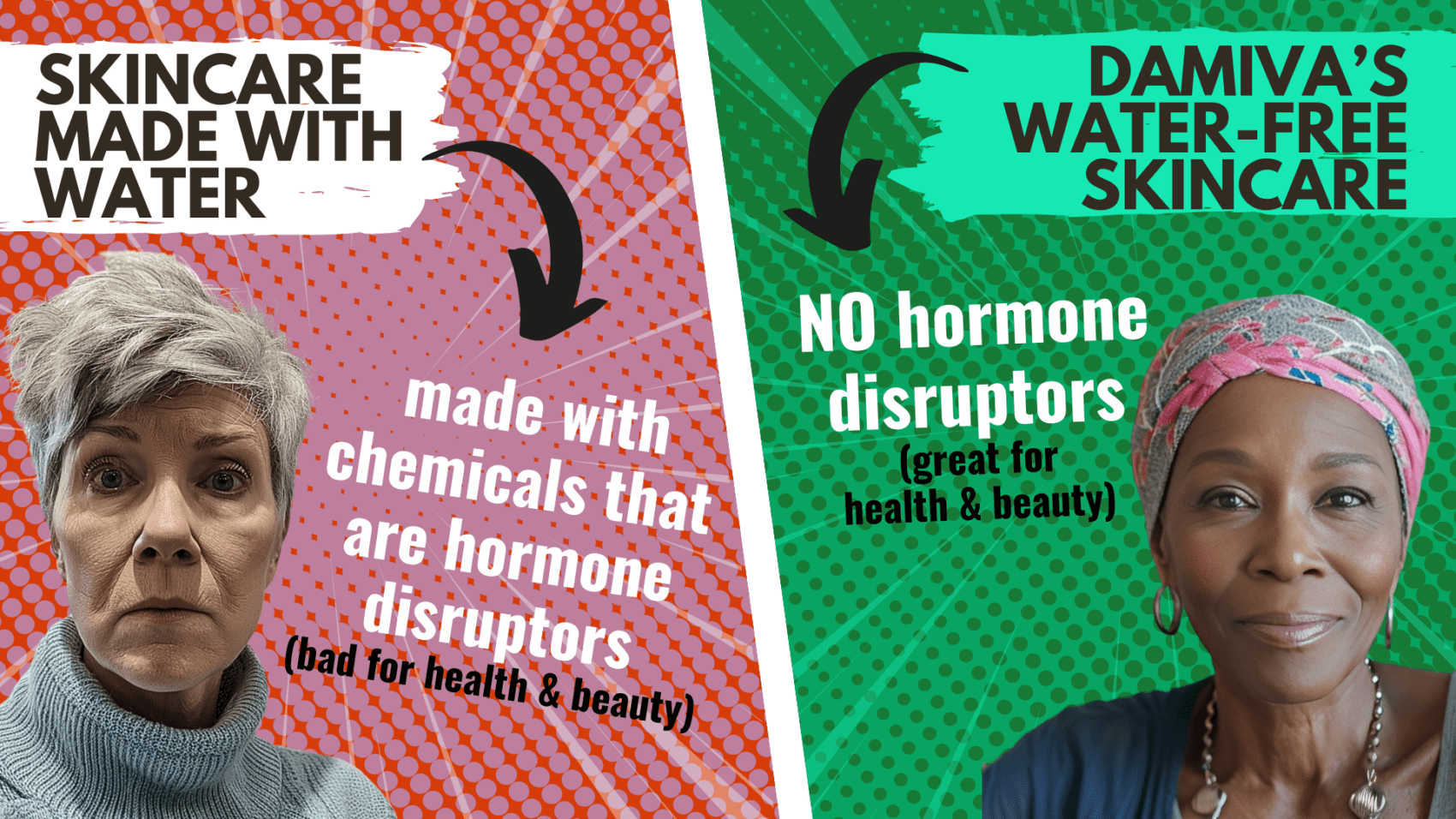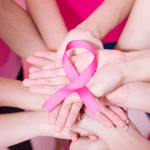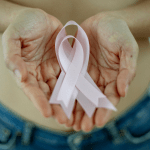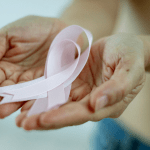Introduction
Overview of Breast Cancer Risk
Breast cancer is a multifaceted disease influenced by a combination of genetic, environmental, and lifestyle factors. While some risk factors such as age, family history, and genetic mutations like BRCA1 and BRCA2 are beyond our control, others are modifiable. Lifestyle choices, including diet, physical activity, and especially the beauty products we use daily, can significantly impact our breast cancer risk. Understanding these risk factors empowers us to make informed decisions that can potentially reduce our risk of developing breast cancer.
Importance of a Chemical-Free Lifestyle
The beauty industry is a multi-billion dollar sector that offers a plethora of products promising to enhance our appearance and boost our confidence. However, many of these products contain chemicals that may pose health risks, including an increased risk of breast cancer. Ingredients such as parabens, phthalates, and synthetic fragrances are just some of the known endocrine disruptors that can interfere with hormonal balance, a critical factor in breast cancer development. But there are many more. By making conscious choices about the beauty products we use, we can minimize our exposure to these harmful chemicals and contribute to our overall breast health.
Purpose of the Article
The primary aim of this article is to shed light on the connection between everyday beauty choices and breast cancer risk. We will explore the scientific evidence linking certain beauty product ingredients to breast cancer, provide practical tips for choosing safer skincare, hair care, and makeup products, and discuss lifestyle changes that complement a holistic approach to breast health. By the end of this article, you will be equipped with the knowledge and tools to make informed decisions that prioritize your health without compromising on beauty.
Understanding Breast Cancer and Its Risk Factors
What is Breast Cancer?
Breast cancer is a disease characterized by the uncontrolled growth of cells in the breast tissue, which can form a tumor. These cancerous cells can spread to other parts of the body, a condition known as metastatic breast cancer. There are various types of breast cancer, including ductal carcinoma in situ (DCIS), invasive ductal carcinoma, and invasive lobular carcinoma, among others. The disease predominantly affects women, but men can also develop breast cancer. According to the American Cancer Society, approximately 1 in 8 women in the U.S. will develop breast cancer during their lifetime.
Common Risk Factors
Several risk factors can increase the likelihood of developing breast cancer. These include:
- Age: The risk of breast cancer increases as a woman gets older, with most cases diagnosed in women over 50.
- Genetics: Mutations in genes such as BRCA1 and BRCA2 significantly elevate the risk of breast cancer.
- Family History: Having close relatives with breast cancer increases one’s risk.
- Reproductive History: Early menstruation (before age 12) and late menopause (after age 55) expose women to hormones longer, increasing risk.
- Alcohol Consumption: Drinking alcohol is associated with an increased risk of breast cancer.
- Obesity: Being overweight, especially after menopause, can increase the risk due to higher estrogen levels produced by fat tissue.
- Physical Inactivity: Lack of exercise is linked to a higher risk of breast cancer.
- Radiation Exposure: Previous radiation treatments to the chest area increase the risk.
- Chemical Exposure: From environment and personal care products.
The Role of Hormones in Breast Cancer
Hormones play a crucial role in the development and progression of breast cancer. Estrogen and progesterone, in particular, can promote the growth of some breast cancer cells. These hormones bind to specific receptors on the surface of cells, stimulating cell division and growth. Endocrine Disruptors: Chemicals that interfere with hormone function, known as endocrine disruptors, can also impact breast cancer risk. These chemicals can mimic or block hormones and disrupt the body’s normal hormonal balance. Common endocrine disruptors include bisphenol A (BPA), phthalates, and certain pesticides. These substances are found in everyday products such as plastics, personal care products, and food packaging. Hormone Replacement Therapy (HRT): The use of certain types of HRT, particularly combined estrogen-progesterone therapy, has been discussed to potentially increase the risk of breast cancer. The risk is higher with longer use and decreases after stopping the therapy. Oral Contraceptives: Some studies suggest that the use of oral contraceptives may slightly increase the risk of breast cancer, but this risk diminishes after discontinuation of the pills. Understanding these risk factors and the role of hormones in breast cancer can help in making informed decisions about lifestyle choices and medical treatments to potentially reduce the risk of developing this disease.
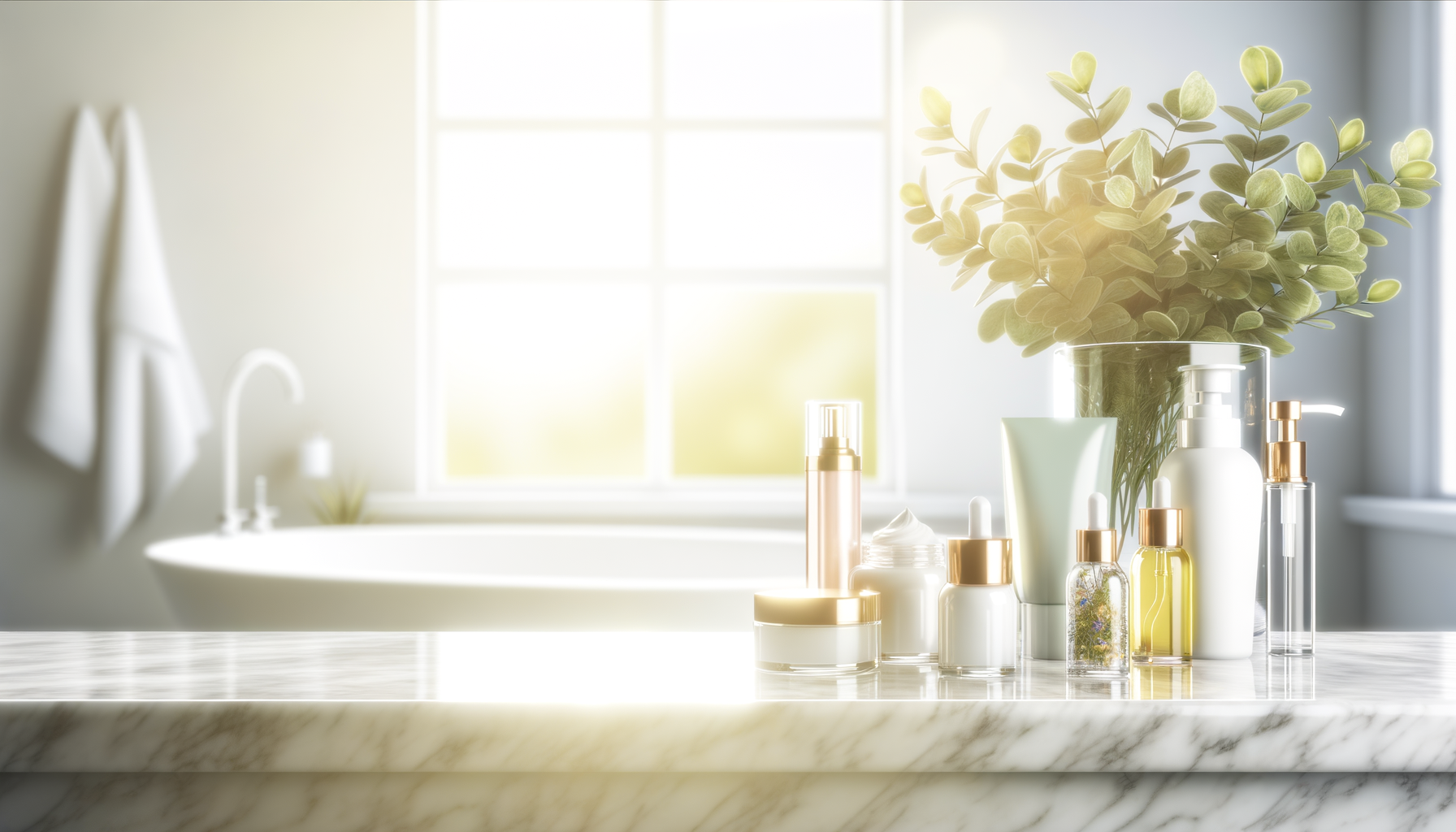
Popular Read: Endocrine Disruptors in Skincare: What You Need to Know
The Impact of Chemicals on Hormonal Health
Endocrine Disruptors: What Are They?
Endocrine disruptors are chemicals that can interfere with the endocrine system, which is responsible for hormone production and regulation in the body. These chemicals can mimic, block, or alter the normal function of hormones, leading to a variety of health issues. Endocrine-disrupting chemicals (EDCs) can be both natural and synthetic, and they are found in numerous everyday products. The endocrine system is crucial for regulating growth, development, metabolism, and reproductive processes, making it highly sensitive to even minor disruptions.
Common Sources of Endocrine Disruptors
EDCs are pervasive in our environment and can be found in a wide range of products and materials. Some common sources include:
- Plastics: Bisphenol A (BPA) and phthalates are used in the production of plastics and can leach into food and beverages from containers.
- Personal Care Products: Parabens and triclosan are often found in cosmetics, shampoos, and soaps.
- Pesticides: Chemicals like atrazine and DDT are used in agriculture and can contaminate food and water supplies.
- Industrial Chemicals: Polychlorinated biphenyls (PCBs) and dioxins are byproducts of industrial processes and can persist in the environment for long periods.
- Household Products: Flame retardants such as polybrominated diphenyl ethers (PBDEs) are used in furniture and electronics.
Exposure to these chemicals can occur through ingestion, inhalation, and skin contact, making it challenging to avoid them entirely.
How Endocrine Disruptors Affect Hormonal Balance
When endocrine disruptors enter the body, they can interfere with the normal functioning of hormones in several ways:
- Mimicking Natural Hormones: Some EDCs can mimic the structure of natural hormones, such as estrogen, and bind to hormone receptors, leading to overstimulation or inappropriate activation of hormonal pathways.
- Blocking Hormone Receptors: Other EDCs can block hormone receptors, preventing natural hormones from binding and carrying out their normal functions.
- Altering Hormone Production: EDCs can interfere with the synthesis, transport, and metabolism of hormones, leading to imbalances and disruptions in hormonal signaling.
These disruptions can have significant developmental and biological effects, particularly during critical periods such as fetal development, puberty, and pregnancy. For example, exposure to EDCs has been linked to earlier onset of puberty, reproductive issues, and an increased risk of hormone-related cancers, including breast cancer. In summary, endocrine disruptors are widespread in our environment and can significantly impact hormonal health by mimicking, blocking, or altering the normal function of hormones. Understanding the sources and effects of these chemicals is crucial for reducing exposure and mitigating their potential health risks.

Do you have the most commonly used but toxic, disease bringing chemicals in your skin care? Many chemicals in skincare are hormone disruptors and make menopause symptoms worse.
Find out more…
Benefits of Going Chemical-Free
Reducing Exposure to Harmful Toxins
One of the most significant benefits of adopting a chemical-free lifestyle is the reduction in exposure to harmful toxins. Many everyday products, from personal care items to household cleaners, contain chemicals that can be detrimental to our health. These chemicals often include endocrine disruptors, which can interfere with hormonal balance and potentially increase the risk of breast cancer. By choosing products free from these harmful substances, you can significantly decrease your overall toxic load. Simple swaps, such as using natural cleaning products or opting for organic personal care items, can make a substantial difference in reducing your exposure to these harmful chemicals.
Improving Hormonal Health
Hormonal health is crucial for overall well-being, and it plays a significant role in the development of breast cancer. Endocrine-disrupting chemicals (EDCs) found in many conventional products can mimic or interfere with the body’s hormones, leading to imbalances that may contribute to cancer risk. By eliminating products that contain EDCs, such as certain cosmetics, plastics, and cleaning agents, you can help maintain a healthier hormonal balance. This proactive approach not only reduces the risk of breast cancer but also supports better reproductive health, mood stability, and metabolic function.
Enhancing Overall Well-being
Going chemical-free can also enhance your overall well-being. Many people report feeling healthier and more energetic after making the switch to natural products. This improvement can be attributed to the reduction in toxic load and the body’s ability to function more efficiently without the burden of processing harmful chemicals. Additionally, using natural products often means fewer skin irritations, allergies, and respiratory issues, which are commonly associated with synthetic chemicals. The peace of mind that comes from knowing you are making healthier choices for yourself and your family can also contribute to improved mental and emotional well-being. In summary, adopting a chemical-free lifestyle offers numerous benefits, including reducing exposure to harmful toxins, improving hormonal health, and enhancing overall well-being. These changes can play a crucial role in lowering the risk of breast cancer and promoting a healthier, more balanced life.
Practical Steps to a Chemical-Free Daily Routine
Personal Care Products
Personal care products such as shampoos, lotions, and cosmetics often contain harmful chemicals like parabens, phthalates, and synthetic fragrances. These chemicals can act as endocrine disruptors, interfering with hormonal balance and potentially increasing the risk of breast cancer.
To reduce exposure, consider the following steps:
- Read Ingredient Labels: Avoid products listing water. If you’re concerned about chemicals, it’s advisable to choose water-free products as they can be formulated without harmful chemicals (preservatives) that can negatively impact your health. Products that contain water require the addition of preservatives such as alcohol, parabens, and other chemicals to inhibit the growth of bacteria and microbes, as water is a fertile environment for these organisms. Also, avoid “fragrance,” “parfum,” or “flavors” as these terms can hide a mix of harmful chemicals.
- Choose All-Natural, Chemical-free Products: Look for all-natural skin care products that state “chemical-free” to ensure the products are free from synthetic chemicals.
- Hand Washing: Use hand soaps free of harmful chemicals like triclosan and parabens to reduce exposure to toxins.
Household Cleaning Products
Many household cleaning products contain chemicals that can be harmful to your health. To minimize exposure, consider the following:
- Natural Cleaners: Use natural cleaning agents like vinegar, baking soda, and lemon juice. These are effective and free from harmful chemicals.
- Read Labels: Avoid products with vague terms like “fragrance” or “parfum.” Opt for products that list all ingredients clearly.
- DIY Cleaning Solutions: Make your own cleaning solutions. For example, a mixture of vinegar and water can be used as an all-purpose cleaner.
- Ventilation: Ensure good ventilation when using cleaning products to reduce inhalation of any potentially harmful fumes.
Food and Beverage Choices
The food and beverages you consume can also be sources of harmful chemicals. To reduce exposure, consider these tips:
- Go Organic: Choose organic foods to avoid pesticides and other chemicals used in conventional farming.
- Fresh Over Packaged: Opt for fresh or frozen foods instead of packaged ones, which can contain harmful chemicals like BPA and phthalates.
- Hormone-Free Products: Select hormone-free dairy and meat products to avoid exposure to added hormones.
- Read Labels: Avoid foods with artificial flavors, colors, and preservatives.
Environmental Factors
Environmental factors such as air quality and exposure to light at night can also impact your health. Here are some steps to create a healthier environment:
- Air Quality: Use air purifiers to reduce indoor air pollution. Ensure proper ventilation in your home.
- Light at Night: Minimize exposure to blue light from electronic devices. Use the “night shift” function on your devices and consider using light-blocking curtains.
- Physical Activity: Regular physical activity can help reduce the risk of breast cancer. Aim for at least 150 minutes of moderate exercise per week.
- Radiation Exposure: Discuss with your healthcare provider about alternatives to X-rays and CT scans to minimize unnecessary radiation exposure.
By making these practical changes in your daily routine, you can significantly reduce your exposure to harmful chemicals and contribute to better overall health and a reduced risk of breast cancer.
Success Stories and Testimonials
Real-Life Experiences
Many individuals have found that adopting a chemical-free lifestyle has had a profound impact on their health and well-being, particularly in reducing their risk of breast cancer. Here are a few inspiring stories:
- Sarah’s Journey: Sarah, a 45-year-old mother of two, was diagnosed with early-stage breast cancer. After her diagnosis, she decided to overhaul her lifestyle, eliminating products with harmful chemicals from her daily routine. She switched to organic foods, natural cleaning products, and chemical-free personal care items. Sarah believes that these changes, along with her medical treatments, played a significant role in her recovery. “I feel healthier and more energetic than ever,” she says. “Going chemical-free has given me a new lease on life.”
- Emily’s Transformation: Emily, a breast cancer survivor, attributes her remission to a combination of medical treatment and a chemical-free lifestyle. After her treatment, she researched the impact of endocrine disruptors and decided to eliminate them from her environment. She replaced her household cleaners, cosmetics, and even her cookware with safer alternatives. “I wanted to do everything in my power to prevent a recurrence,” Emily explains. “Living chemical-free has not only helped me stay cancer-free but also improved my overall health.”
- Linda’s Preventive Approach: Linda, who has a family history of breast cancer, decided to take preventive measures by adopting a chemical-free lifestyle. She focused on using natural products and eating organic foods to reduce her exposure to potential carcinogens. “I wanted to be proactive about my health,” Linda says. “Making these changes has given me peace of mind and a sense of control over my future.”
Expert Opinions
Experts in the field of environmental health and oncology have also weighed in on the benefits of a chemical-free lifestyle in reducing breast cancer risk. Here are some insights from leading professionals:
- Dr. Jennifer E. Kay, Silent Spring Institute: “Research has shown that exposure to endocrine-disrupting chemicals (EDCs) can significantly impact breast development and increase the risk of breast cancer. By reducing exposure to these harmful chemicals, individuals can lower their risk of developing breast cancer. A chemical-free lifestyle is a proactive approach to health that can have long-term benefits.”
- Dr. Laura N. Vandenberg, University of Massachusetts Amherst: “The mammary gland is particularly sensitive to hormonal disruptions caused by EDCs. These chemicals can alter the progression of mammary gland development and increase the propensity to develop cancer. Adopting a chemical-free lifestyle can help mitigate these risks and promote better hormonal health.”
- Linda S. Birnbaum, Duke University: “The evidence linking chemical exposures to breast cancer is compelling. While it is challenging to avoid all EDCs, making conscious choices to reduce exposure can make a significant difference. Using natural and organic products, eating a clean diet, and being mindful of environmental factors are all steps that can contribute to reducing breast cancer risk.”
These testimonials and expert opinions highlight the potential benefits of a chemical-free lifestyle in reducing breast cancer risk. By making informed choices and prioritizing natural and organic products, individuals can take proactive steps towards better health and well-being.
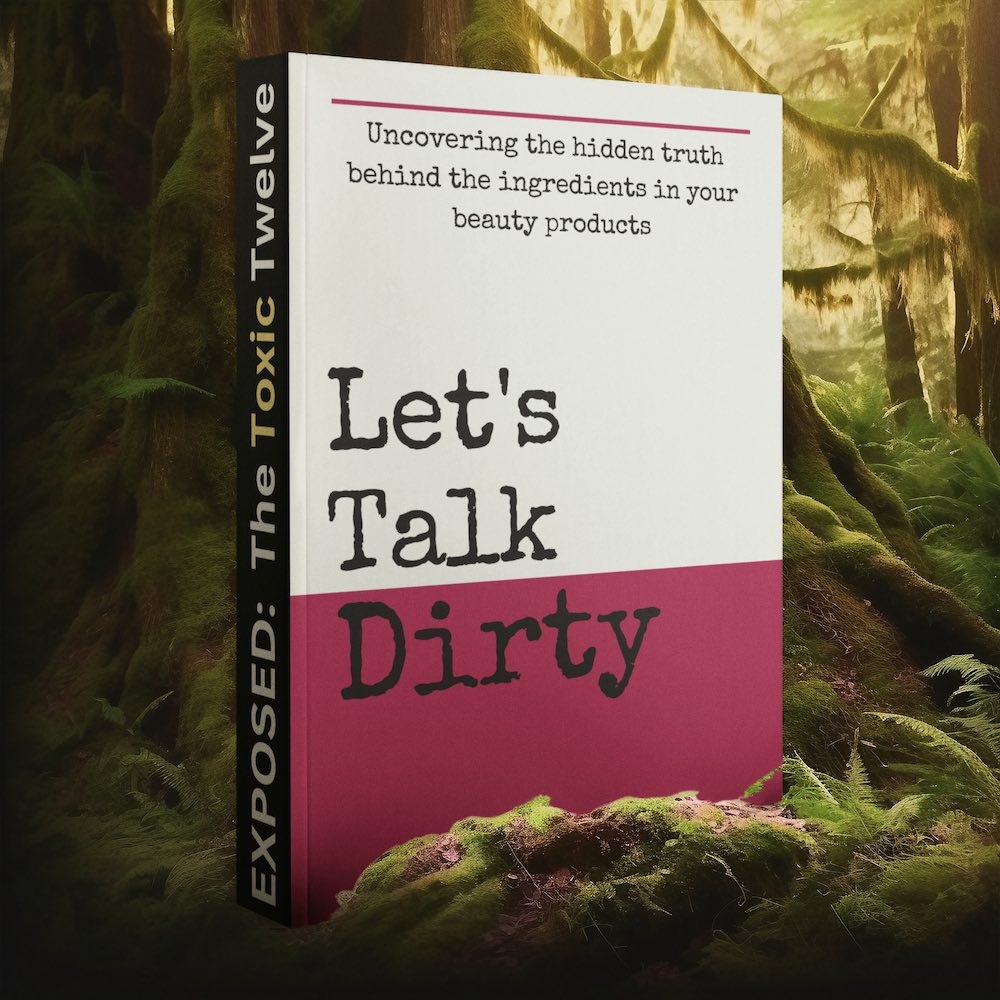
Feeling You Have a Right to Safe Beauty & Fem Care?
If so, it may be time for a change. It starts with knowledge. We have a few suggestions in our new guides.
Conclusion
Recap of Key Points
In this article, we have explored the potential benefits of adopting a chemical-free lifestyle to reduce the risk of breast cancer. We began by understanding what breast cancer is and the common risk factors associated with it, including the significant role hormones play. We then delved into the impact of chemicals, particularly endocrine disruptors, on hormonal health and how they can affect breast cancer risk. The benefits of going chemical-free were highlighted, emphasizing the reduction of exposure to harmful toxins, improvement in hormonal health, and overall well-being. Practical steps to achieve a chemical-free daily routine were provided, covering personal care products, household cleaning products, food and beverage choices, and environmental factors. Finally, we shared success stories and expert opinions to inspire and guide you on this journey.
Encouragement to Make the Change
Adopting a chemical-free lifestyle may seem daunting at first, but the potential health benefits, particularly in reducing breast cancer risk, make it a worthwhile endeavor. Small, incremental changes can lead to significant improvements in your overall health and well-being. Start by reading ingredient labels, choosing products with fewer harmful chemicals, and gradually replacing them with safer alternatives. Remember, every step you take towards reducing your exposure to harmful chemicals is a step towards a healthier future. Your efforts not only benefit you but also contribute to a safer environment for everyone.
Resources for Further Information
To support you in this transition, several resources are available:
- Silent Spring Institute: Learn more about the science on chemicals and breast cancer.
- Antitox-Guide: Guides you on how to avoid harmful chemicals by making simple changes in your daily behaviors.
- Clearya, Think Dirty, and Skin Deep: Apps and web browser extensions to help identify harmful ingredients in products as you shop.
- Campaign for Safe Cosmetics: Provides a glossary of exposures and chemicals of concern to avoid.
- American Cancer Society Guidelines: Offers comprehensive guidelines on healthy eating, physical activity, and other lifestyle choices to reduce cancer risk.
- Damiva.com as the leading resource for all-natural, water-free, chemical-free skin care
By utilizing these resources, you can make informed decisions and take proactive steps towards a chemical-free lifestyle, ultimately contributing to a reduced risk of breast cancer and a healthier life.


